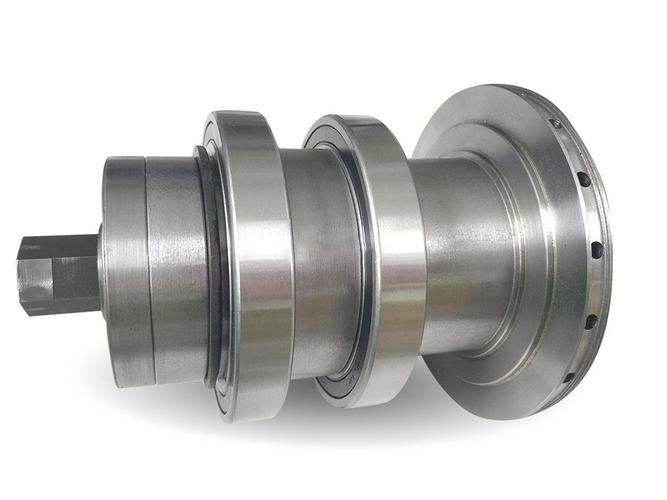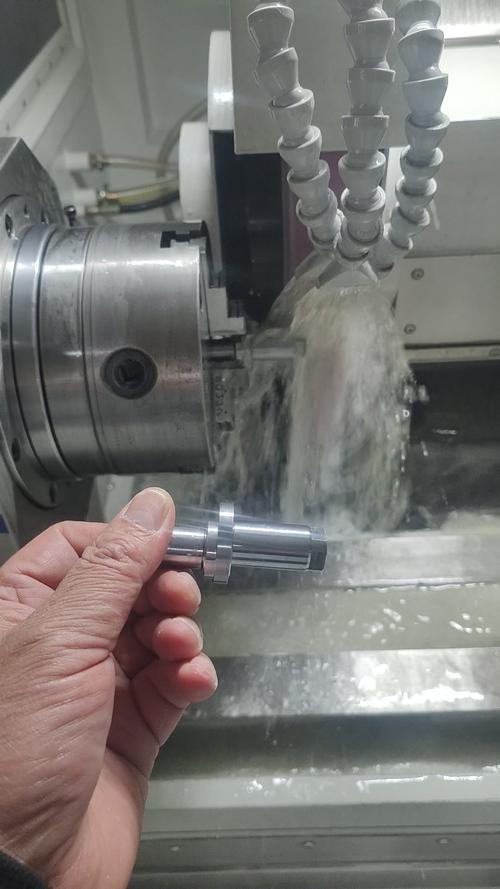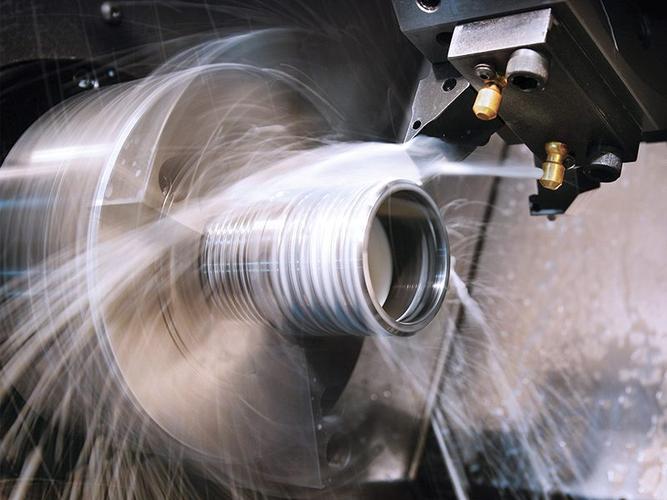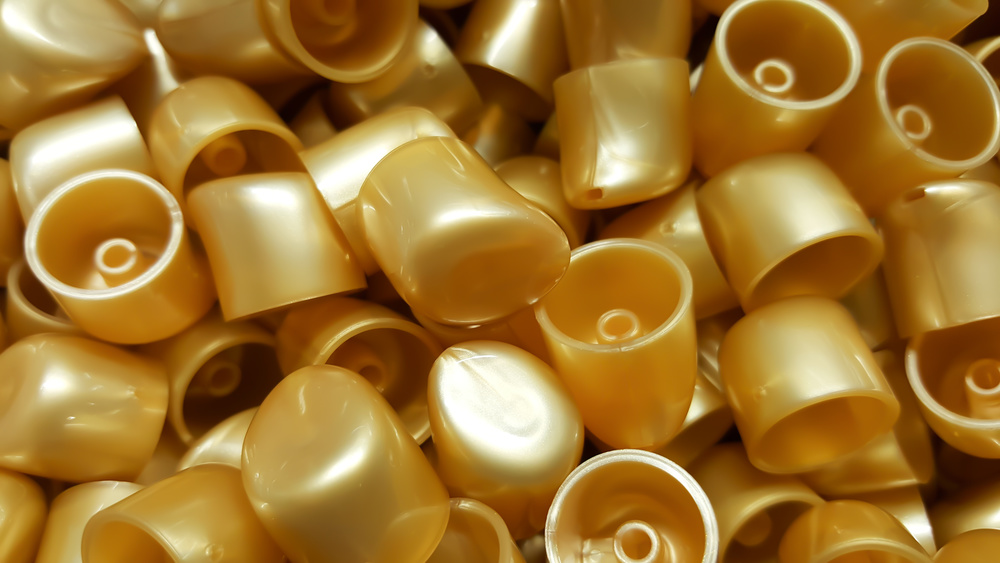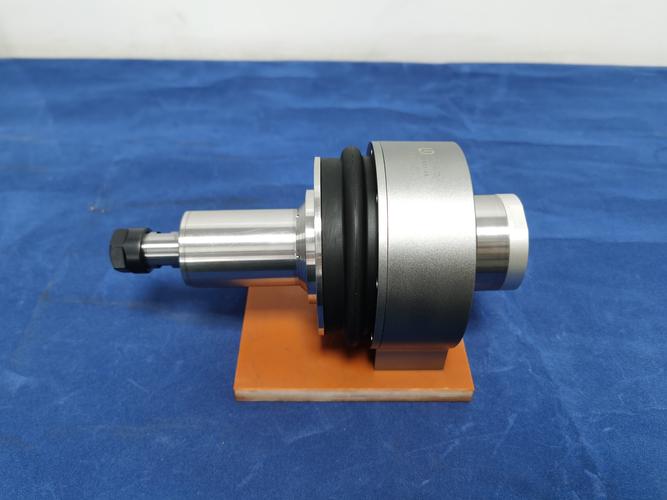Anodization is an electrolytic process that converts a metal surface into a durable, porous oxide layer, primarily used to enhance corrosion resistance, wear resistance, and aesthetic appeal. By immersing the metal (acting as the anode) in an electrolyte and applying an electric current, a controlled oxidation reaction forms a thick, adherent oxide film. Most commonly applied to aluminum and its alloys, it allows for coloring and sealing to improve performance and appearance.

Detailed Analysis of Anodization
1. Technical Principles & Oxide Layer Properties
Anodization relies on electrochemical reactions to transform metal surfaces into protective oxide layers, with unique characteristics tailored to application needs:
- Electrochemical Mechanism: The process involves submerging the metal workpiece (anode) and a cathode (e.g., lead or carbon) in an electrolyte (acidic solution like sulfuric, oxalic, or chromic acid). When an electric current is applied, oxygen ions from the electrolyte react with the metal, forming a metal oxide layer on the anode surface. For aluminum, this reaction produces aluminum oxide (Al₂O₃), which is integral to the base metal, ensuring strong adhesion.
- Oxide Layer Structure: The anodized layer has a dual structure: a thin, dense barrier layer (5–10nm) adjacent to the metal, and a thicker, porous layer (5–100μm) above it. The porous structure allows for dye absorption and sealing, while the barrier layer provides corrosion resistance. Hardness ranges from 200–500 HV for standard anodization, increasing to 300–700 HV for hard anodization, enhancing wear resistance.
- Key Parameters: Voltage (10–25V for standard, 40–100V for hard anodization), electrolyte temperature (10–25°C for sulfuric acid), and duration (20–60 minutes) control layer thickness and porosity. Higher voltages and lower temperatures produce thicker, harder layers.
2. Step-by-Step Anodization Process
The process involves several critical stages to ensure uniform, high-quality oxide layers:
-
Pre-Treatment:
- Cleaning: The workpiece is degreased with alkaline solutions or solvents to remove oils, dirt, and contaminants, preventing defects in the oxide layer.
- Etching: Acidic or alkaline etching (e.g., with hydrofluoric acid) removes surface oxides and creates a micro-rough texture, improving oxide adhesion. Bright etching achieves a smooth, reflective finish for decorative parts.
- Desmutting: For aluminum alloys, a nitric acid bath removes smut (alloying element residues), ensuring a uniform surface before anodization.
-
Anodization:
- The cleaned workpiece is submerged in the electrolyte (e.g., 15–20% sulfuric acid for aluminum) as the anode. A direct current (DC) is applied, causing oxygen ions to react with the metal surface, growing the oxide layer. The cathode (often lead) completes the circuit, with hydrogen gas evolving at its surface.
- Process control is critical: maintaining electrolyte temperature prevents excessive dissolution of the oxide layer, while consistent current ensures uniform thickness across complex geometries (e.g., intricate aluminum brackets).
-
Post-Treatment:
- Coloring: The porous oxide layer absorbs dyes (organic or inorganic) to achieve colors (black, red, blue). For permanent colors, electrolytic coloring deposits metal particles (e.g., nickel, copper) into pores, resisting fading better than dyed layers.
- Sealing: Hot water (80–100°C) or steam sealing closes pores by hydrating the oxide, converting Al₂O₃ to Al₂O₃·H₂O, which expands to block porosity. Chemical sealing (with nickel acetate) is used for high-corrosion applications, improving resistance to salt spray and moisture.
3. Suitable Materials & Alloy Considerations
Anodization is most effective for specific metals, with aluminum being the primary focus:
- Aluminum & Alloys: Aluminum’s natural oxide layer is thin (2–3nm), but anodization thickens it to 5–100μm, drastically improving performance. Alloys like 6061 (structural) and 3003 (decorative) anodize well, while high-silicon alloys (e.g., 4043) require modified electrolytes to avoid uneven layers.
- Other Metals: Titanium anodization forms a TiO₂ layer, used for aerospace components and medical implants due to biocompatibility and color stability (via interference effects). Magnesium anodization (e.g., Dow 17 process) enhances corrosion resistance in automotive and electronics applications, though it is less common than aluminum anodization.
- Unsuitable Metals: Ferrous metals (steel, iron) and copper alloys do not form stable, adherent oxide layers via anodization, as their oxides (rust, copper oxide) are porous, flaky, and non-protective.
4. Product Applications & Performance Benefits
Anodized parts excel in diverse industries due to their enhanced properties:
- Corrosion Resistance: The sealed oxide layer acts as a barrier against moisture, salt, and chemicals. Anodized aluminum is used in marine hardware, outdoor signage, and architectural cladding, withstanding 1,000+ hours of salt spray testing (ASTM B117).
- Wear & Abrasion Resistance: Hard anodized layers (≥50μm) protect components like tool handles, automotive pistons, and machine parts from friction and impact, extending service life by 2–3x vs. untreated aluminum.
- Aesthetics & Functionality: Colored anodized finishes decorate consumer goods (smartphone frames, jewelry), while clear anodization preserves aluminum’s natural appearance for architectural trim. The porous layer also enables applications like printed circuit boards (electrical insulation) and heat sinks (enhanced thermal dissipation).
5. Industry-Specific Uses
Different sectors leverage anodization for tailored performance:
- Architecture & Construction: Anodized aluminum profiles for windows, doors, and facades offer UV resistance and color stability, maintaining appearance for 20+ years in outdoor environments.
- Automotive & Aerospace: Hard anodized aluminum components (engine parts, aircraft panels) provide wear resistance and lightweighting, improving fuel efficiency and durability.
- Electronics: Anodized aluminum heat sinks and enclosures combine electrical insulation with thermal conductivity, protecting sensitive components from corrosion and overheating.
- Medical Devices: Titanium anodization creates biocompatible surfaces for implants (screws, plates), with controlled porosity promoting bone integration and reducing rejection risks.
6. Process Variations & Advanced Techniques
Specialized anodization methods address unique requirements:
- Standard Anodization (Type II): Uses sulfuric acid to produce 5–20μm layers, balancing corrosion resistance and cost for general applications (consumer goods, furniture).
- Hard Anodization (Type III): Employs lower temperatures (0–10°C) and higher voltages to create 25–100μm thick, hard layers, ideal for high-wear parts (industrial tools, automotive components).
- Chromic Acid Anodization (Type I): Produces thin (1–10μm) layers with excellent adhesion, used in aerospace for bonding priming surfaces, though restricted in some regions due to environmental concerns.
- Plasma Electrolytic Oxidation (PEO): A high-voltage variant for aluminum, titanium, and magnesium, forming thick, dense layers with enhanced hardness (up to 1,000 HV) for extreme environments (oil drilling, military equipment).
Anodization’s ability to combine protection, functionality, and aesthetics makes it a cornerstone of surface treatment for aluminum and select metals, enabling durable, high-performance parts across industries from construction to medical technology.

